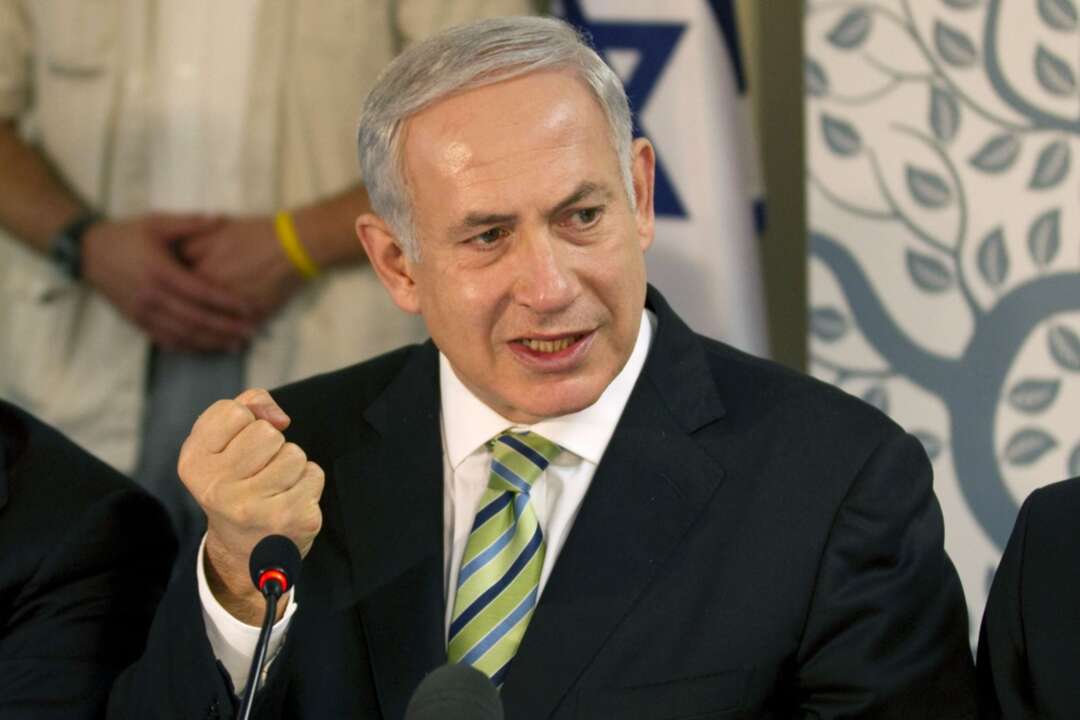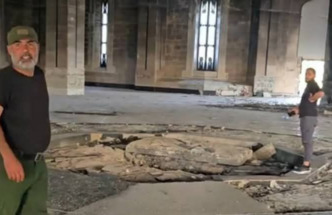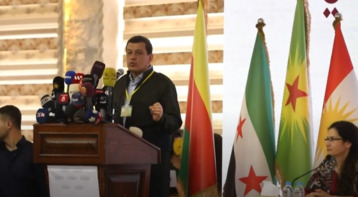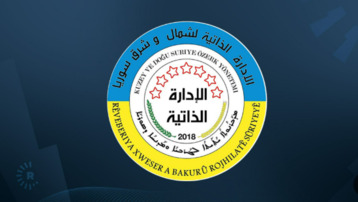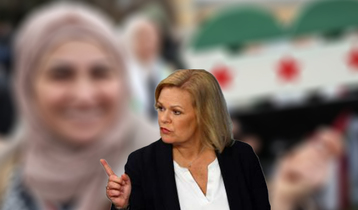-
Satellite images show secretive Israel nuclear facility undergoing major construction
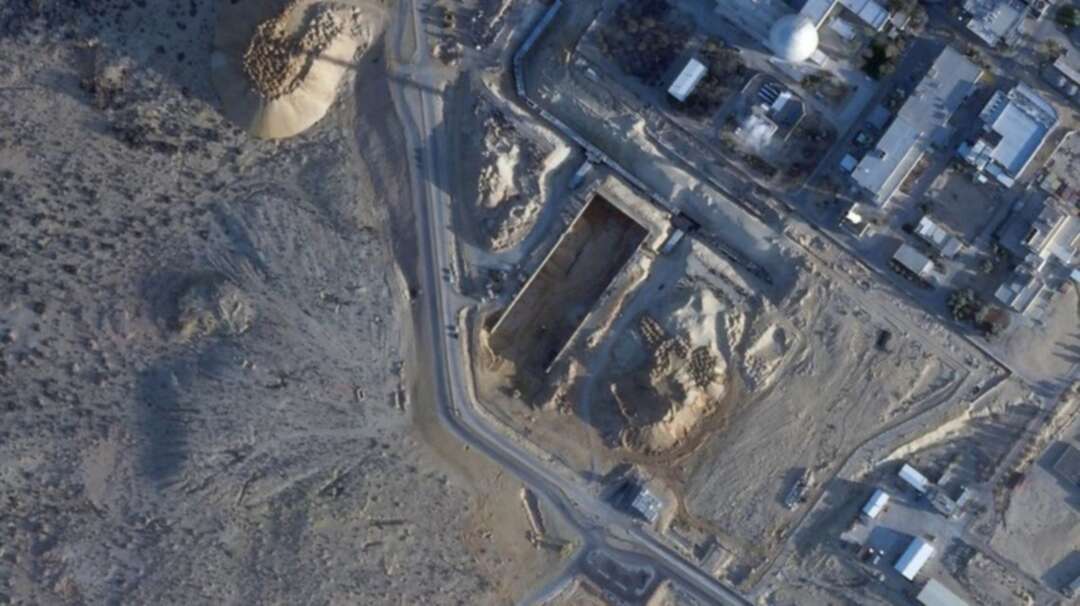
A secretive Israeli nuclear facility at the center of the nation’s undeclared atomic weapons program is undergoing what appears to be its biggest construction project in decades, satellite photos analyzed by The Associated Press show.
A dig about the size of a soccer field and likely several stories deep now sits just meters from the aging reactor at the Shimon Peres Negev Nuclear Research Center near the city of Dimona. The facility is already home to decades-old underground laboratories that reprocess the reactor’s spent rods to obtain weapons-grade plutonium for Israel’s nuclear bomb program.What the construction is for, however, remains unclear. The Israeli government did not respond to detailed questions from the AP about the work. Under its policy of nuclear ambiguity, Israel neither confirms nor denies having atomic weapons. It is among just four countries that have never joined the Non-Proliferation Treaty, a landmark international accord meant to stop the spread of nuclear arms.
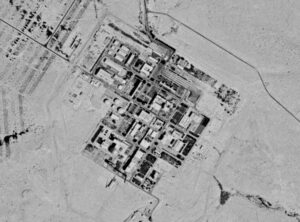 A Feb 22, 2021 satellite photo from Planet Labs Inc. shows construction at the Shimon Peres Negev Nuclear Research Center near the city of Dimon Israel. (AP)
A Feb 22, 2021 satellite photo from Planet Labs Inc. shows construction at the Shimon Peres Negev Nuclear Research Center near the city of Dimon Israel. (AP)The construction comes as Israel — under Prime Minister Benjamin Netanyahu — maintains its scathing criticism of Iran’s nuclear program, which remains under the watch of United Nations inspectors unlike its own. That has renewed calls among experts for Israel to publicly declare details of its program.
What “the Israeli government is doing at this secret nuclear weapons plant is something for the Israeli government to come clean about,” said Daryl G. Kimball, executive director of the Washington-based Arms Control Association.
With French assistance, Israel began secretly building the nuclear site in the late 1950s in empty desert near Dimona, a city some 90 kilometers (55 miles) south of Jerusalem. It hid the military purpose of the site for years from America, now Israel’s chief ally, even referring to it as a textile factory.
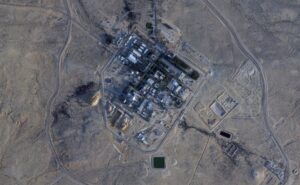 A Feb 22, 2021 satellite photo from Planet Labs Inc. shows construction at the Shimon Peres Negev Nuclear Research Center near the city of Dimon Israel. (AP)
A Feb 22, 2021 satellite photo from Planet Labs Inc. shows construction at the Shimon Peres Negev Nuclear Research Center near the city of Dimon Israel. (AP)With plutonium from Dimona, Israel is widely believed to have become one of only nine nuclear-armed countries in the world. Given the secrecy surrounding its program, it remains unclear how many weapons it possesses. Analysts estimate Israel has material for at least 80 bombs. Those weapons likely could be delivered by land-based ballistic missiles, fighter jets or submarines.
For decades, the Dimona facility’s layout has remained the same. However, last week, the International Panel on Fissile Materials at Princeton University noted it had seen “significant new construction” at the site via commercially available satellite photos, though few details could be made out.
Satellite images captured Monday by Planet Labs Inc. after a request from the AP provide the clearest view yet of the activity. Just southwest of the reactor, workers have dug a hole some 150 meters long and 60 meters wide. Tailings from the dig can be seen next to the site. A trench some 330 meters runs near the dig.
Some 2 kilometers west of the reactor, boxes are stacked in two rectangular holes that appear to have concrete bases. Tailings from the dig can be seen nearby. Similar concrete pads are often used to entomb nuclear waste.
Other images from Planet Labs suggest the dig near the reactor began in early 2019 and has progressed slowly since then.
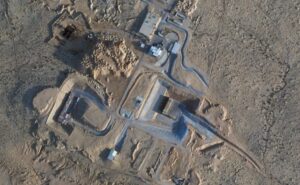 A Feb 22, 2021 satellite photo from Planet Labs Inc. shows construction at the Shimon Peres Negev Nuclear Research Center near the city of Dimon Israel. (AP)
A Feb 22, 2021 satellite photo from Planet Labs Inc. shows construction at the Shimon Peres Negev Nuclear Research Center near the city of Dimon Israel. (AP)“I believe that the Israeli government is concerned to preserve and maintain the nation’s current nuclear capabilities,” said Avner Cohen, a professor of nonproliferation studies at the Middlebury Institute of International Studies at Monterey, who has written extensively on Dimona.
“If indeed the Dimona reactor is getting closer to decommissioned, as I believe it is, one would expect Israel to make sure that certain functions of the reactor, which are still indispensable, will be fully replaced.”
Kimball, of the Arms Control Association, suggested Israel may want to produce more tritium, a relatively faster-decaying radioactive byproduct used to boost the explosive yield of some nuclear warheads. It also could want fresh plutonium “to replace or extend the life of warheads already in the Israeli nuclear arsenal,” he added.
source: The Associated Press
Image source: AP
Levant
You May Also Like
Popular Posts
Caricature
BENEFIT Sponsors BuildHer...
- April 23, 2025
BENEFIT, the Kingdom’s innovator and leading company in Fintech and electronic financial transactions service, has sponsored the BuildHer CityHack 2025 Hackathon, a two-day event spearheaded by the College of Engineering and Technology at the Royal University for Women (RUW).
Aimed at secondary school students, the event brought together a distinguished group of academic professionals and technology experts to mentor and inspire young participants.
More than 100 high school students from across the Kingdom of Bahrain took part in the hackathon, which featured an intensive programme of training workshops and hands-on sessions. These activities were tailored to enhance participants’ critical thinking, collaborative problem-solving, and team-building capabilities, while also encouraging the development of practical and sustainable solutions to contemporary challenges using modern technological tools.
BENEFIT’s Chief Executive Mr. Abdulwahed AlJanahi, commented: “Our support for this educational hackathon reflects our long-term strategic vision to nurture the talents of emerging national youth and empower the next generation of accomplished female leaders in technology. By fostering creativity and innovation, we aim to contribute meaningfully to Bahrain’s comprehensive development goals and align with the aspirations outlined in the Kingdom’s Vision 2030—an ambition in which BENEFIT plays a central role.”
Professor Riyadh Yousif Hamzah, President of the Royal University for Women, commented: “This initiative reflects our commitment to advancing women in STEM fields. We're cultivating a generation of creative, solution-driven female leaders who will drive national development. Our partnership with BENEFIT exemplifies the powerful synergy between academia and private sector in supporting educational innovation.”
Hanan Abdulla Hasan, Senior Manager, PR & Communication at BENEFIT, said: “We are honoured to collaborate with RUW in supporting this remarkable technology-focused event. It highlights our commitment to social responsibility, and our ongoing efforts to enhance the digital and innovation capabilities of young Bahraini women and foster their ability to harness technological tools in the service of a smarter, more sustainable future.”
For his part, Dr. Humam ElAgha, Acting Dean of the College of Engineering and Technology at the University, said: “BuildHer CityHack 2025 embodies our hands-on approach to education. By tackling real-world problems through creative thinking and sustainable solutions, we're preparing women to thrive in the knowledge economy – a cornerstone of the University's vision.”
opinion
Report
ads
Newsletter
Subscribe to our mailing list to get the new updates!

